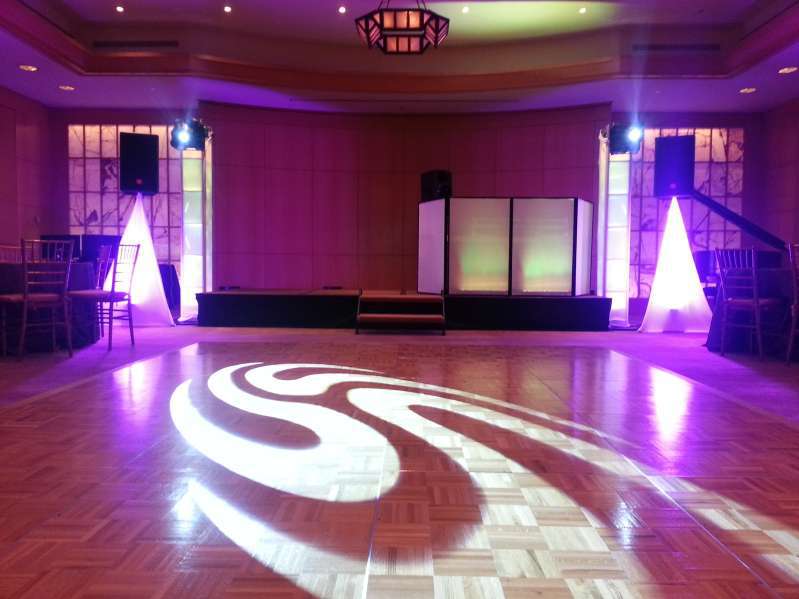Hue theory is a crucial aspect of design, particularly as it comes to creating light-emitting diode dancing floors. The interaction of colors can significantly affect the atmosphere and energy of a space. By grasping how hues work together, creators can craft an environment that improves the overall experience for participants. This article explores the basics of hue theory and its use in light-emitting diode dancing surface layouts.

The primary hues are crimson, azure, and golden. These hues cannot be created by blending different hues combined. Intermediate hues, such as emerald, tangerine, and purple, are created by mixing primary colors. Tertiary hues are created by mixing a primary color with a secondary hue. Grasping these fundamental connections helps creators select colors that complement one another and produce a visually pleasing show. Mixing these hues on an LED dancing floor can lead to dynamic and exciting effects that capture the focus of participants.
Hue value also plays a crucial role in aesthetics. Hues can be categorized as warm or cool. Warm hues, such as crimson, tangerine, and yellow, often to elicit emotions of excitement and warmth. In opposition, chill hues like blue, green, and purple typically generate a serene and soothing atmosphere. Designers can utilize these hue values to set the mood for different kinds of events. For example, a celebration environment may gain from hot colors that energize dance floor rental for reunions and picnics the crowd, while a further calm event might use cool hues to offer a soothing influence.
In addition to color pairings and value, luminosity and saturation are vital factors to take into account. Brightness refers to how bright or dim a color appears, while intensity indicates the vividness of a hue. Vivid, intense colors can this link generate a vibrant and lively atmosphere, ideal for dance floors. On the contrary hand, gentler, less saturated hues can create a more muted environment. By manipulating luminosity and saturation, designers can attract attention to particular areas of the dance surface or create visual routes, leading dancers through the space.
Finally, it is crucial to take into account the psychological impacts of color in LED dance floor layouts. Different colors can elicit different emotions and responses. For instance, crimson is often associated with zeal and vitality, while blue can be calming and tranquil. Grasping these connections allows designers to tactically apply colors to influence the behavior of participants. Through incorporating color principles into LED dance surface layouts, designers can enhance the total encounter, rendering it memorable and enjoyable for all participating.
Comments on “Illuminating Creativity Via Shade Concept for LED Dancing Platform Designs”